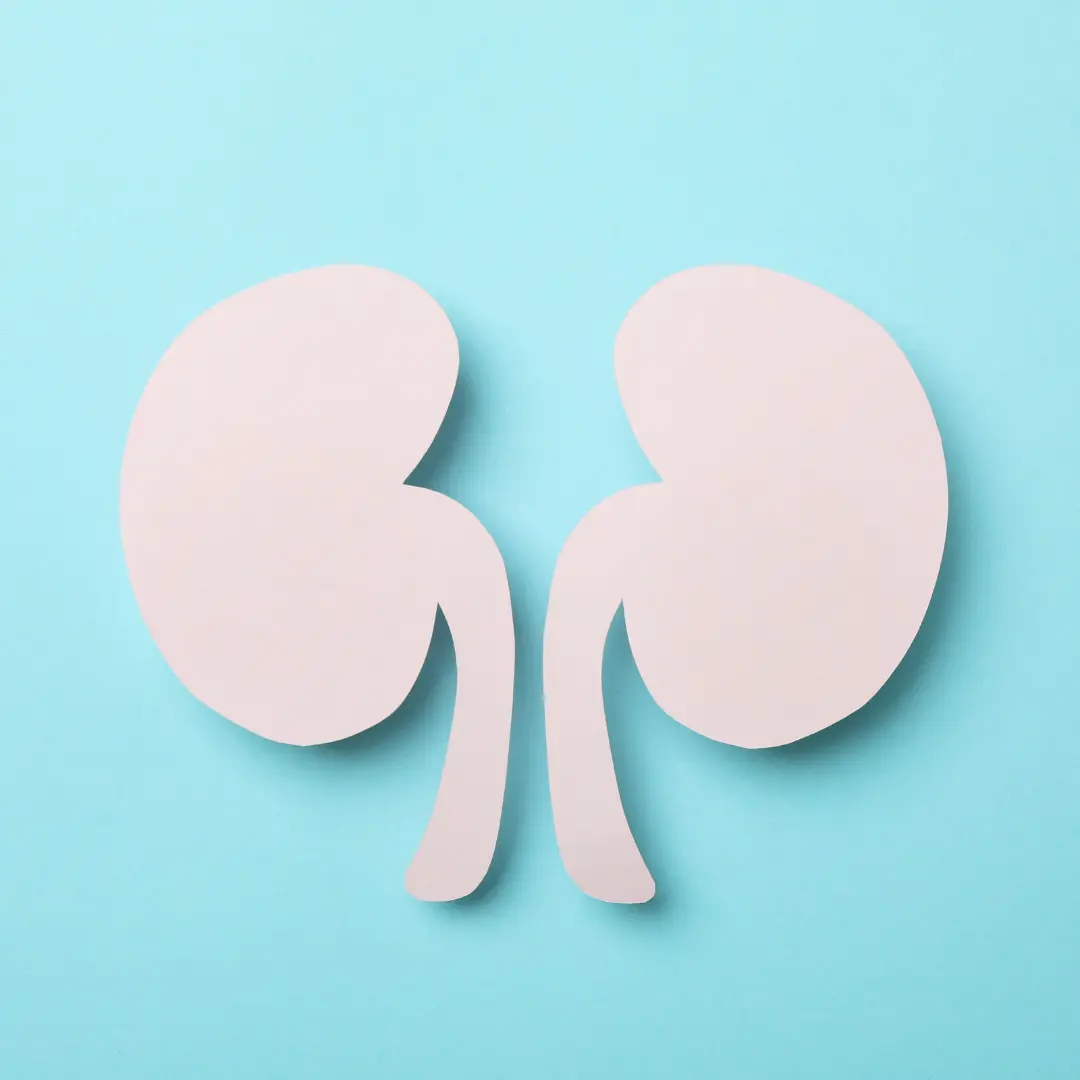Liver Transplantation
Liver transplantation is a complex surgical procedure that involves replacing a diseased or damaged liver with a healthy liver from a donor. This life-saving procedure offers hope and improved quality of life for individuals with end-stage liver disease or acute liver failure. As a significant advancement in medical science, liver transplants have revolutionized the field of organ transplantation and provided a second chance at life for countless patients worldwide. In this article, we will explore the process of liver transplantation, its indications, the different types of transplants, and the post-transplant care required for a successful outcome.
Liver transplantation is considered when other treatment options have failed to address the underlying liver condition. It is most commonly performed to treat end-stage liver disease caused by chronic conditions such as cirrhosis, hepatitis B or C, alcoholic liver disease, autoimmune hepatitis, or genetic disorders. Additionally, acute liver failure resulting from drug toxicity, viral infections, or metabolic disorders may also require an urgent liver transplant.
Types of Liver Transplants:
Deceased Donor Transplants: The most common type of liver transplant involves a liver obtained from a deceased donor. This procedure requires careful matching of blood type, body size, and compatibility to minimize the risk of organ rejection.
Living Donor Transplants: In some cases, a healthy individual can donate a portion of their liver for transplantation. The donated liver segments can regenerate in both the donor and recipient, allowing for two successful transplants from a single liver.
Split Liver Transplants: A single deceased donor liver can be divided into two separate transplants, enabling two patients to benefit from one organ.
Liver transplantation has significantly improved over the years, with remarkable success rates and long-term survival for patients. While complications and rejection remain potential risks, advancements in surgical techniques, immunosuppressive therapies, and post-operative care have enhanced patient outcomes. The majority of liver transplant recipients experience a significant improvement in their quality of life and regain normal liver function, enabling them to resume daily activities and enjoy a renewed lease on life.
Liver transplantation is a life-saving procedure that provides hope for individuals suffering from end-stage liver disease or acute liver failure. With advancements in medical technology and the continued dedication of healthcare professionals, liver transplantation has become a well-established treatment option, offering a second chance at life for those in need. By increasing awareness and understanding of this procedure, we can help patients and their families make informed decisions and support them throughout their transplantation journey.
Kidney Transplantation
Kidney transplantation is a medical procedure that involves surgically replacing a diseased or non-functioning kidney with a healthy kidney from a donor. This life-changing intervention offers a viable treatment option for individuals with end-stage kidney disease, providing them with renewed hope, improved quality of life, and increased longevity. In this article, we will delve into the world of kidney transplantation, exploring its significance, the transplantation process, the different types of kidney transplants, and the post-transplant care required for optimal outcomes.
Kidney transplantation is typically considered for patients whose kidneys have lost their ability to function adequately, leading to end-stage kidney disease. This condition can arise from various causes, including chronic kidney disease, diabetes, high blood pressure, inherited disorders, or certain infections. Kidney transplantation becomes necessary when other treatment options, such as dialysis or medication, no longer provide sufficient kidney function.
Types of Kidney Transplants:
Deceased Donor Transplants: The most common type of kidney transplant involves the use of a kidney from a deceased donor. These organs are carefully matched to the recipient based on blood type, tissue compatibility, and other relevant factors to minimize the risk of rejection.
Living Donor Transplants: In some cases, a healthy individual can donate one of their kidneys to a recipient. Living donor transplants have the advantage of shorter waiting times and improved outcomes due to better compatibility and a healthier organ.
Kidney transplantation has proven to be highly successful, with excellent long-term survival rates and improved quality of life for recipients. The procedure offers advantages over dialysis, including increased energy levels, reduced dietary restrictions, and the ability to resume normal activities. While there are potential risks and complications associated with transplantation, advancements in surgical techniques, immunosuppressive medications, and post-operative care have significantly reduced these risks, leading to enhanced outcomes.
Kidney transplantation is a transformative medical procedure that restores kidney function and provides a new lease on life for individuals suffering from end-stage kidney disease. With the availability of both deceased and living donor kidneys, this treatment option has revolutionized the field of organ transplantation and has given hope to countless patients worldwide. By increasing awareness and understanding of kidney transplantation, we can support patients and their families in making informed decisions, fostering a healthier future for those in need.
Bone Marrow Transplantation
Bone marrow transplantation, also known as hematopoietic stem cell transplantation, is a critical medical procedure that involves the replacement of diseased or damaged bone marrow with healthy stem cells. This transformative intervention provides a chance of cure or prolonged remission for a wide range of life-threatening blood disorders, including leukemia, lymphoma, myelodysplastic syndromes, and certain immune system disorders. In this article, we will explore the significance of bone marrow transplantation, the transplantation process, the different types of transplants, and the post-transplant care required for successful outcomes.
Bone marrow, a spongy tissue found within our bones, is responsible for producing crucial blood cells, including red blood cells, white blood cells, and platelets. When the bone marrow is diseased or fails to function properly, a bone marrow transplant becomes necessary to replace the unhealthy cells with healthy stem cells. These stem cells can develop into new, healthy blood cells, restoring the body’s ability to produce a normal blood cell population.
Bone marrow transplantation has significantly improved the prognosis for patients with various blood disorders, offering a chance for cure or long-term remission. Success rates depend on factors such as the type of transplant, disease stage, patient age, and overall health. While the procedure carries risks, including infection, organ toxicity, and graft complications, advancements in transplant techniques, supportive care, and donor selection have contributed to improved outcomes and increased survival rates.
Bone marrow transplantation is a life-saving procedure that provides hope for individuals with life-threatening blood disorders. This remarkable intervention has the potential to cure or significantly prolong remission, offering patients the opportunity to lead healthier, more fulfilling lives. By raising awareness and understanding of bone marrow transplantation, we can support patients, their families, and the healthcare community in making informed decisions, advancing research, and ultimately saving more lives through this transformative procedure.

































